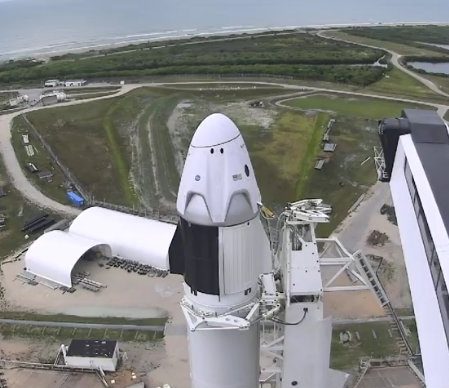Stratolaunch begins construction of hypersonic plane
Capitalism in space: Stratolaunch, continuing its shift from an orbital launch company to one providing a flying hypersonic testbed, has begun construction of its first hypersonic plane, dubbed Talon-A.
Talon-A will be air-launched from the bottom of Roc, the world’s biggest airplane, that the company initially built to serve as a launch platform for an orbital rocket.
It appears they have the financing to build Talon-A, and it also appears there is ample interest in both the military, NASA, and the aviation industry for this capability. If it works it will make testing hypersonic technology far easier and more affordable, issues that have acted to slow its development.
Capitalism in space: Stratolaunch, continuing its shift from an orbital launch company to one providing a flying hypersonic testbed, has begun construction of its first hypersonic plane, dubbed Talon-A.
Talon-A will be air-launched from the bottom of Roc, the world’s biggest airplane, that the company initially built to serve as a launch platform for an orbital rocket.
It appears they have the financing to build Talon-A, and it also appears there is ample interest in both the military, NASA, and the aviation industry for this capability. If it works it will make testing hypersonic technology far easier and more affordable, issues that have acted to slow its development.


